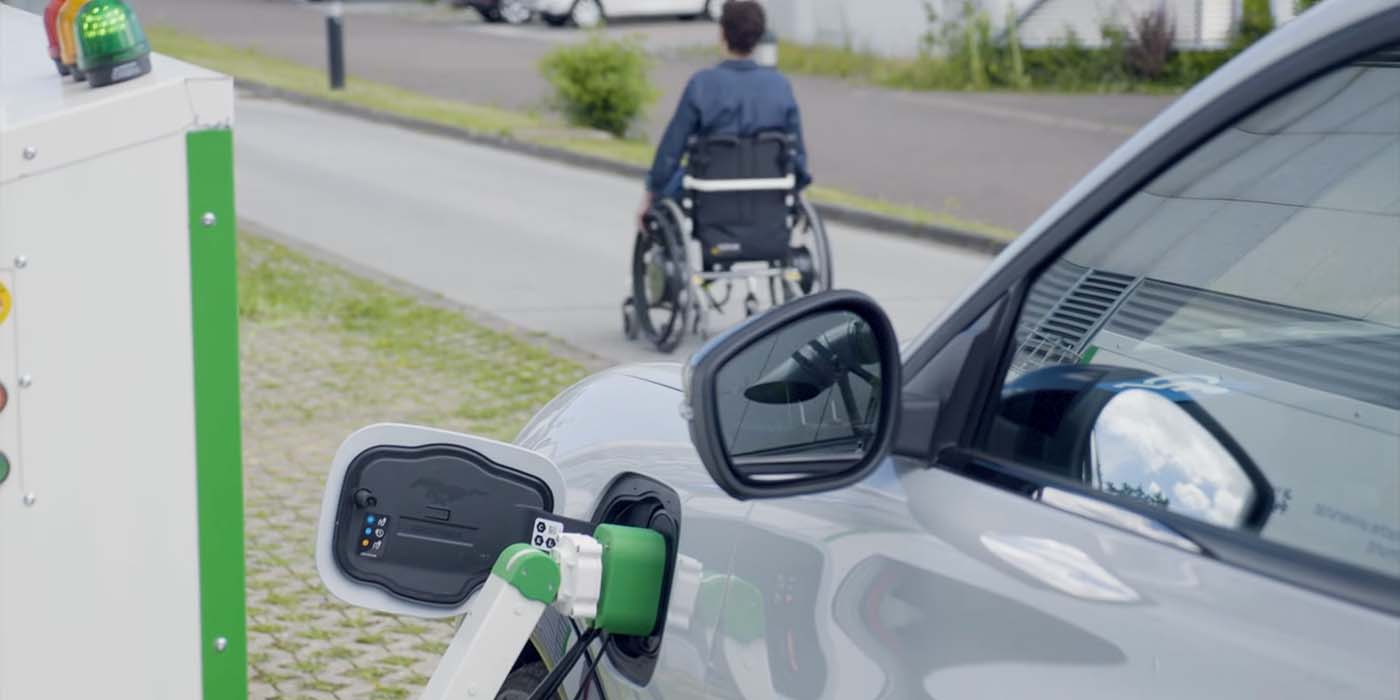
As EV adoption begins to grow, many drivers will face early charging issues since they’re not used to the charging process, which differs from a gas station visit. While there is certainly a learning curve, the process is relatively simple for most people. However, others may need a little more assistance. To help solve this issue, Ford Motor Company is trialling a robotic EV charger system that less mobile users can activate from their phone without leaving the vehicle, offering a new level of inclusivity that the EV community embraces.
In addition to a recent full embrace of electric vehicles, Ford has been working to bolster other elements associated with EV transportation. This includes large investments in battery technology like solid-state and lithium iron phosphate (LFP) cells.
Most recently, the company has secured 60 GWh of battery power to help build over 600,000 EVs, many of which will be able to plug into Ford Intelligent Backup Power to help keep your home’s lights on.
On the charging front, Ford has introduced Pro Charging for EV fleet management as well as its own charging stalls that look eerily familiar – part of its Blue Oval charging network.
EVs truly are for everyone, and Ford has shared a similar sentiment in its latest pilot program, testing a robotic charger to assist disabled drivers in replenishing their EVs seamlessly.
Check out Ford’s robotic EV charger in action
According to a recent press release from Ford Motor Company (just hours after news broke that roughly 8,000 job cuts are coming) the automaker shared feel-good video footage of a robotic EV charger being tested.
The charging station itself was custom built by Dortmund University in Germany, where real-life testing took place following initial trials in a lab. The design allows a driver to pull up and activate the station using their smartphone. This activates the station cover to slide open to make room for a robotic charger arm that extends towards the EV inlet and connects using a tiny camera. The driver can then wait in their car, or exit and track the charging progress from their FordPass app. When charging is complete, the arm retracts on its own and closes up.
According to Ford, disabled drivers have already identified ease of charging compared to traditional gas station as a key motivator for EV purchase considerations. In addition to testing out robotics to support less mobile Ford drivers, the automaker is using the research to develop other hands-free charging solutions.
Ford states that in the future, the entire process can become fully-automated with little to no driver involvement. Simply send your EV off to charge and instruct it to return to you when finish. Regulations alone will prevent that future from arriving quickly, but we do feel on track for that sort of process someday.
For now, it’s welcome news to see a major automaker like Ford solving potential issues for disabled drivers before EVs become the mainstream means of transportation. When testing is complete in Germany, Ford believes its robotic EV charging stations can be installed at disabled parking spots, in designated areas in parking structures, and even in private residences.
Before then however, the company has a follow-up project with IONITY in the works, where it will work to improve the robotic charging station further, then implement it on an actual EV network. Check out the automated station in action in Ford’s video below.
FTC: We use income earning auto affiliate links. More.



Comments